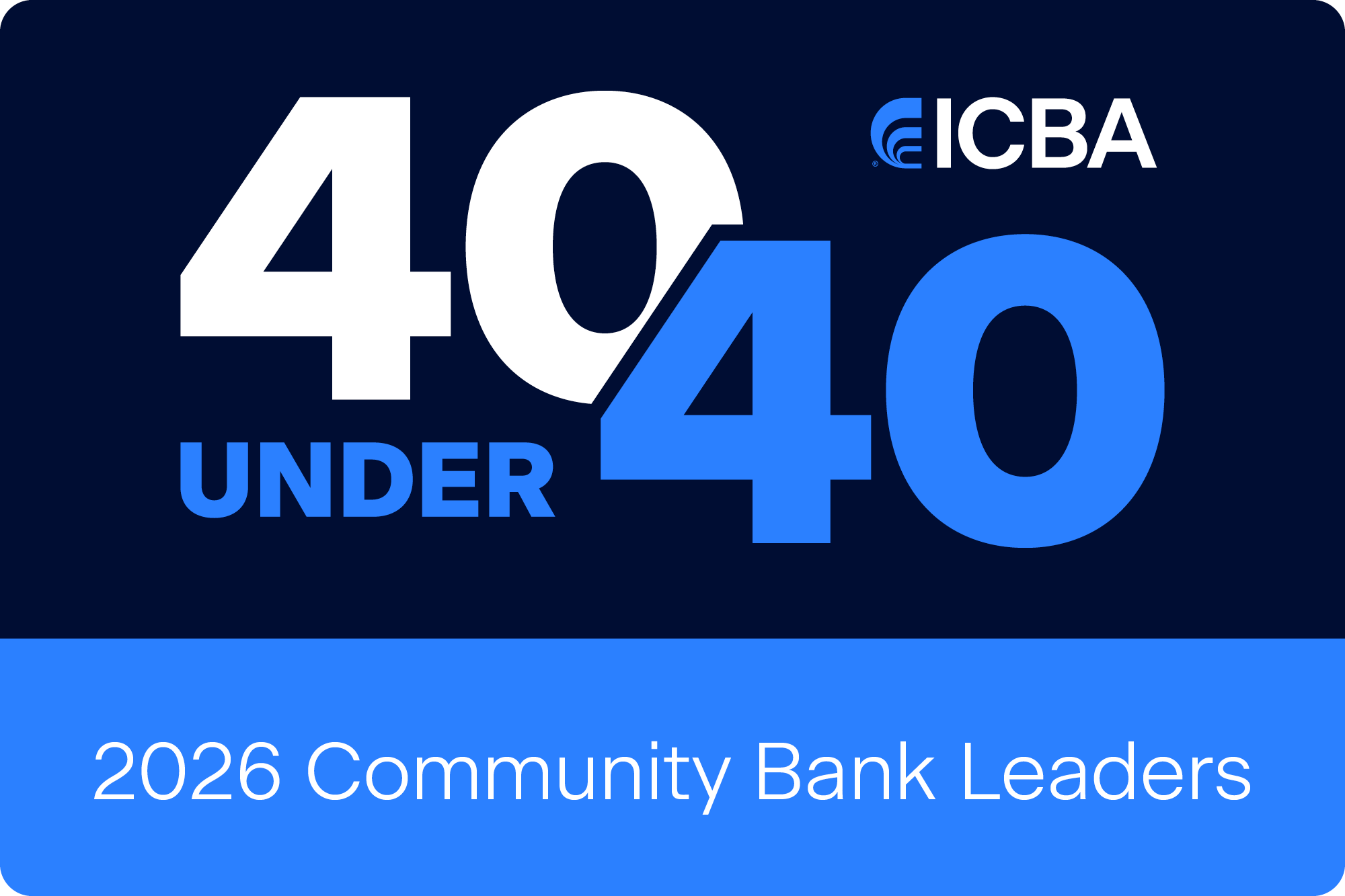Requiring solutions like Positive Pay, offering ongoing education and putting caps on the size of checks that can be deposited remotely are all strategies that can help mitigate our risk.
Lucas White: Conquering Check Fraud One Check at a Time
October 01, 2024 / By Lucas White
Requiring solutions like Positive Pay, offering ongoing education and putting caps on the size of checks that can be deposited remotely are all strategies that can help mitigate our risk.
We have seen check fraud ramp up over the past two years. Fraudsters have turned their attention to check rails, reintroducing older forms of attack. And check imaging drove the shift.
When you’re looking at a physical check, there are clear fraud markers. But with imaging, it’s more complicated to assess the veracity of what you’re seeing—and fraudsters know it. They recognize how to game the system and have figured out it’s harder to catch it.
At this stage, most of us have experienced the effects of check fraud. At my community bank, we had a business customer get hit for $30,000 at the end of 2023; the fraudster had simply altered the payee and amount. That constituted significant financial damage for the business and, ultimately, a loss for the bank when we made the decision to make them whole.
Further compounding the issue is the fact that in these scenarios, the bank of first deposit is most commonly one of the nation’s largest banks. The bank of first deposit holds the liability for check washing and other major forms of check fraud because they warrant that the check is authentic. It’s their customer depositing a check on our customer’s account. Yet, when we submit a Uniform Commercial Code warranty claim, we either can’t track down the right person, get ignored or are dismissed by lawyers.
ICBA continues to work to support us on this front by connecting us with industry organizations like Nacha that maintain directories to help us find the right contacts, offering solutions like the check fraud guide (icba.org/advocacy) to help us make our cases, and convening community bankers in
a check fraud task force—which ICBA launched in March—to address these issues on behalf of
the community.
However, our best defense remains a good offense. We must continue to focus on helping our customers thwart fraud in the first place. Requiring solutions like Positive Pay, offering ongoing education and putting caps on the size of checks that can be deposited remotely are all strategies that can help mitigate our risk.
But a word of advice: When you’re communicating details of your fraud mitigation strategies to your customers, anything you post publicly will also be seen by fraudsters. Don’t publicly share the specifics of limits and other points of your strategy unless you want to start seeing forged checks circumventing those safeguards.
It boils down to this: In today’s banking landscape, we need to be ever vigilant. Fortunately, we have ICBA in our corner to help us do just that.
My Top 3
Check fraud’s not the only frightening thing bubbling up this month: It’s also Halloween season. Here are my boys’ top three favorite costumes:
Pirate’s parrot
Cowboy
Ninja
Subscribe now
Sign up for the Independent Banker newsletter to receive twice-monthly emails about new issues and must-read content you might have missed.
Sponsored Content
Featured Webinars
Join ICBA Community
Interested in discussing this and other topics? Network with and learn from your peers with the app designed for community bankers.
Subscribe Today
Sign up for Independent Banker eNews to receive twice-monthly emails that alert you when a new issue drops and highlight must-read content you might have missed.
News Watch Today

Join the Conversation with ICBA Community
ICBA Community is an online platform led by community bankers to foster connections, collaborations, and discussions on industry news, best practices, and regulations, while promoting networking, mentorship, and member feedback to guide future initiatives.













